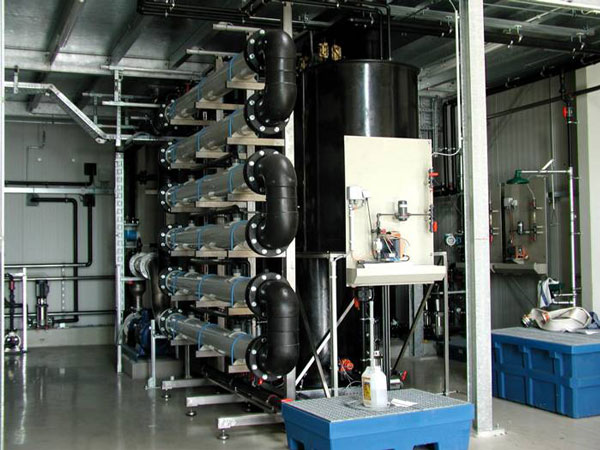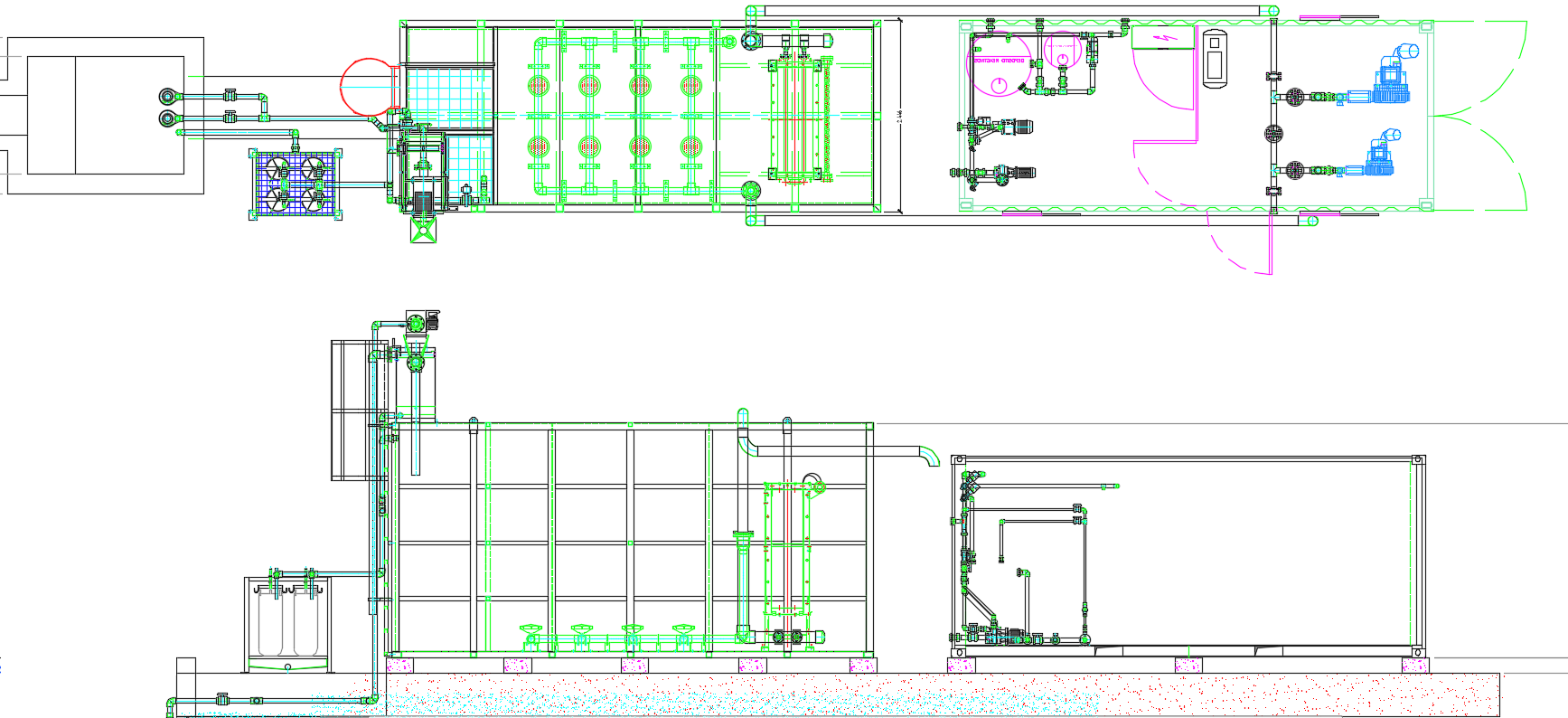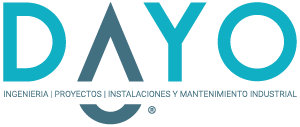INVERSE OSMOSIS
Reverse osmosis is based on the passage of water through a membrane, applying a pressure higher than the osmotic pressure. In this way, the water that permeates through the membrane. Reverse osmosis achieves a 99% reduction of the components present in the water, including viruses and bacteria.
Applications:
- Drinking water
- Boiler water supply
- Sea water purification
- Brackish water purification
- Ultrapure water
- Water for pharmaceutical industry
- Water reuse









DESCRIPTION / CHARACTERISTICS OF THE BIOLOGICAL PROCESS MBR
- The MBR system – bio reaction membrane – replaces the process of sedimentation, filtration, disinfection, suspension of solids by eliminating them with an ultrafiltration membrane
- The only chemical substance used in the process of conservation and cleaning of the membrane is, as a disinfectant agent, sodium hypochlorite, dissolved 20 times in a commercial 15% solution
- Ultrafiltration membranes allow to operate, with a solids level in the reactor, between 10 and 15 grams per liter
- The MBR system produces a constant effluent quality, regardless of the inflow, working with levels. Provides very effective treatment for high values, in accordance with California Title 22 regulations. The results are: BOD 5 10 mg / l, SS 5 mg / l
- It is a biological system of total oxidation with nitrification and denitrification stages
- Compared to a conventional biological system, composed of pretreatment, biological treatment, decanter, filtration and sterilization, in this system there is only one pretreatment and one biological reaction, through submerged membranes
- Allows solid / liquid separation through 0.05 micron (0.00005mm) ultrafiltration membranes
- Sanding systems and oxygen consumption are the same as conventional ones
- The membranes retain all kinds of bacteria, fungi, viruses, parasites and others, clarifying the water up to 99.99%
- There are no deposit problems in the absence of sedimentation
- The age of the sludge is much higher than that of a conventional system, which allows, as a result, that treated water of very good quality, which can be reused
- The membranes are cleaned automatically by injecting thick air bubbles into the base of the membrane, or by including a chemical for cleaning
- In suction work minimum pressures are required
ADVANTAGE
- The MBR system allows the compaction of the station up to ¼ of the area of a conventional station
- Eliminating the secondary decanter
- Wastewater treatment plants are modular, compact and portable
- Os Operating costs, including reagents and membrane depreciation, are 20% less than a conventional biological system
- Easier maintenance, because there is a reduction in the number of mechanical elements
- Excellent outlet water quality, which may be better than tertiary water
- Possibility of reuse of treated water
- Possibility of expanding existing facilities without the need for additional works
- Very good adaptation in places where there is a lot of population variability
WORKING PRINCIPLE OF THE ETAR MBR
Compact plant MBR

MBR process scheme


COMPARISON BETWEEN THE ETARES / LAGOONS / TANKS SYSTEM AND THE DAYO SYSTEM
| ETARES / LAGUNAJES / TANKS | DAYO UF SYSTEM | |
|---|---|---|
| Construction work | Total build from scratch | Only the well and the support base |
| The area to be occupied | High | Minimum |
| The quality of the outlet water | Does not meet the download standards | Comply with sanitary / discharge regulations |
| Recycling | Legally, not possible | Complies with sanitary values / regulations |
| % Recycling | 0% | 80-90% |
| Extraction of sludge / liquids | Manual, emptying the pond | Automatically and with semi-dry looking filter bags |
| Power Consumption | Light | Medium (Renewable Energy) |
| Transportability | Fixed installation | Mobile / Transportable |
| Extension | Not possible | Anything you need |
| Control and supervision | Requires labor | It’s completely automatic |




